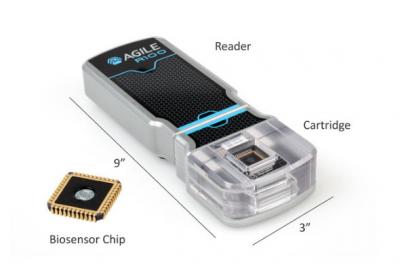Researchers develop the world's first light-driven speaker using a 3D graphene sponge
A research team from the Paul Scherrer Institute in Switzerland and Sapienza University in Rome developed a new loud speaker that is driven by a light signal - and without electricity. The idea is to use modulated light that shines on a 3D graphene sponge. The audio is achieved via a highly-efficient photo-mechanism.
The researchers say that unlike conventional loudspeakers, this high-fidelity photo-speaker does not rely on vibrations to produce the sound - and it does not need any type of electrical connection or complicated system for sound generation. Using an optical pulse train, this loudspeaker allows a completely digital operation for frequencies from acoustic to ultrasound.




